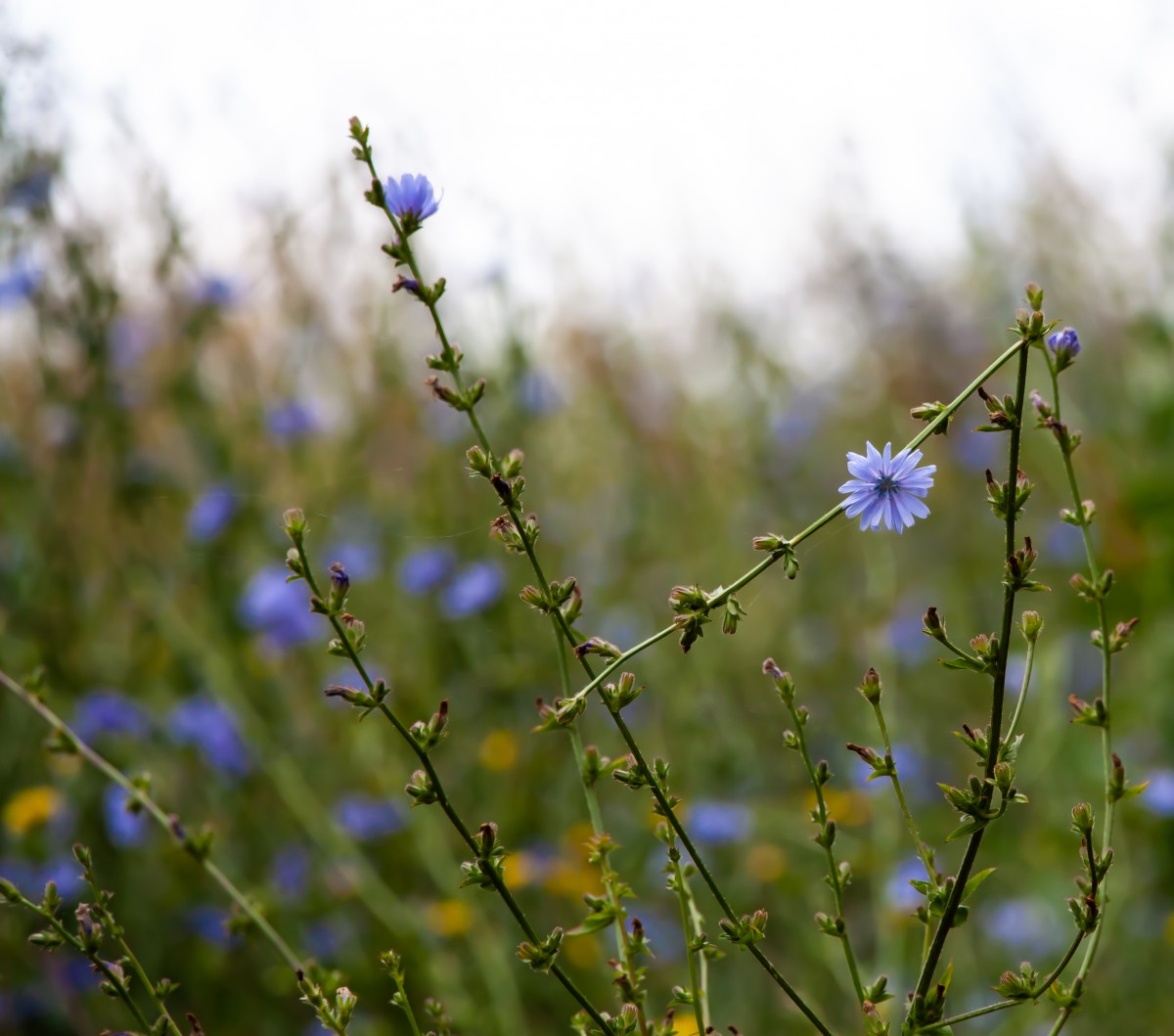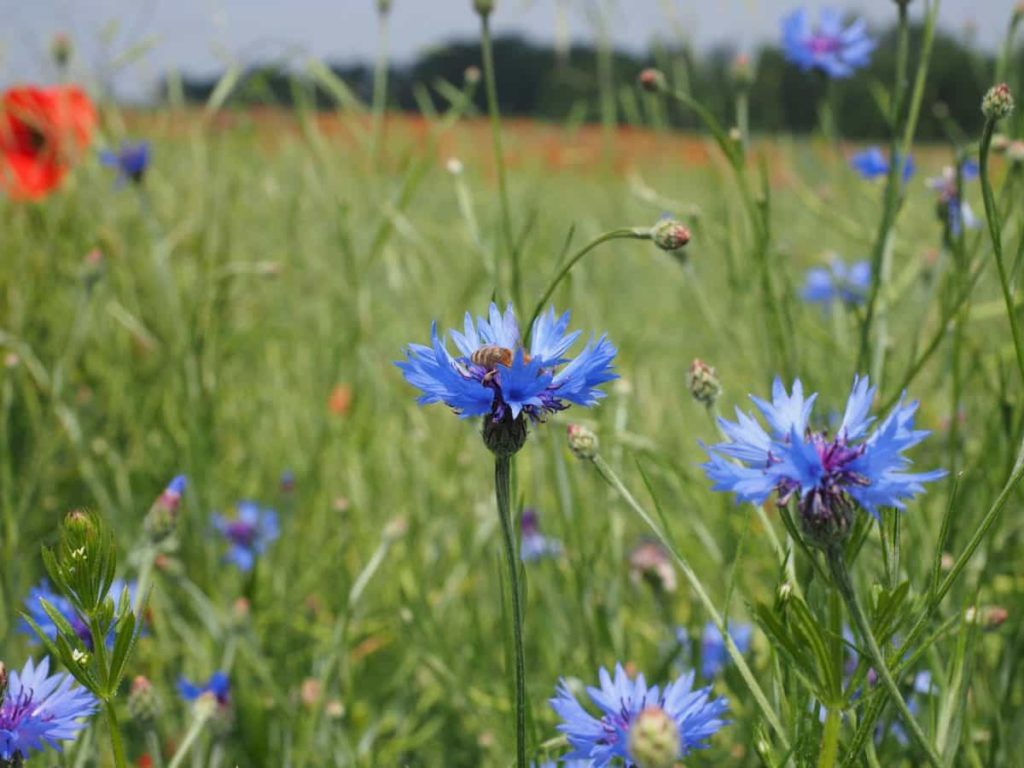Summary
Characteristics of chicory
Benefits of bitter chicory
Use and consumption of chicory
There are different varieties of chicory. Two of them are particularly appreciated for their benefits. Let’s discover their characteristics and virtues and how to consume or use them.
Characteristics of chicory
Chicory is a flowering plant belonging to the Asteraceae family. Two varieties of chicory are beneficial to the body because of their nutritional characteristics: bitter chicory and curly chicory.
Bitter chicory or Cichorium intybus
Cichorium intybus, the most common variety, is nicknamed “capuchin beard” or “bitter chicory”. Its roots have been used since antiquity. It is rich in vitamins C, A, and K, fiber, and antioxidant molecules and is low in calories.
Curly endive or Cichorium endivia
The Cichorium endivia variety is known as “curly chicory” or “curly salad”.
Its characteristics:
- Native to the Mediterranean regions, its leaves are edible.
- Low in calories, lipids, carbohydrates, and proteins.
- Provides the body with water and fiber.
- Rich in vitamins A (beta-carotene), E, K, C, and the B group (especially vitamins B2, B5, and B9).
- Contains magnesium, potassium, calcium, manganese, and iron. Phosphorus, copper, zinc, selenium, and iodine are in lesser proportion.
Good to know: Consuming these two varieties frequently is best for reaping the full advantages of chicory.
Benefits of bitter chicory

The roasted root of Cichorium intybus is consumed the same way as coffee. It is recommended as a spring cure because it helps cleanse the body. But you can also use its flowers and leaves in decoction or infusion.
This variety of chicory is known to have many therapeutic virtues, notably:
It fills the iron deficiencies.
It protects against infections, allergies, and cellular aging and strengthens natural defenses.
It has a probiotic effect, balancing intestinal flora by allowing good bacteria to colonize the intestine.
It stimulates the appetite, relieves digestive disorders, and, laxative, stimulates intestinal transit.
It favors the absorption of minerals by the body and, depurative, boosts liver function.
It lowers blood sugar levels and reduces cholesterol and triglyceride levels.
Good to know: used in local application, the variety of chicory Cichorium intybus attenuates inflammations and swellings. It also reduces watery eyes.
Use and consumption of chicory
Bitter chicory
Bitter chicory (Cichorium intybus) can be consumed in different ways, namely as:
- a soluble powder, like coffee;
- an infusion with a small handful of chicory leaves in 100 cL of simmering water;
- a decoction: boil 50 g of a mixture of chicory leaves and roots in 50 cL of water for about ten minutes, then filter.
This variety of chicory is one of the 38 flowers of Bach (Flower of Bach Chicory). This floral elixir is intended for possessive people who tend to be interested in others. It is generally marketed in a bottle with a dropper of 20 mL. The recommended dosage is 2 drops 3 to 4 times daily, taken directly under the tongue or diluted in a glass of water.
Curly endive
Curly endive can be eaten cooked in purée, gratin or soup, or raw in a salad.
Good to know: the bitterness of curly endive may displease some palates. In this case, you can combine chicory leaves with other salad varieties if you wish to eat it raw.
Read more:
– 7 Foods That Damage Your Kidneys;
– Experience Eating 2 Bananas Daily and See What Happens;
– 11 Best Foods to Prevent Hair Loss;
– Eat these 7 Anti-aging Foods;
– 4 Reasons Why You Should Eat Olives;
– 8 Foods To Avoid If You Have Joint Pain;
– Not Hungry in the Morning: Should We Force Ourselves to Eat?


